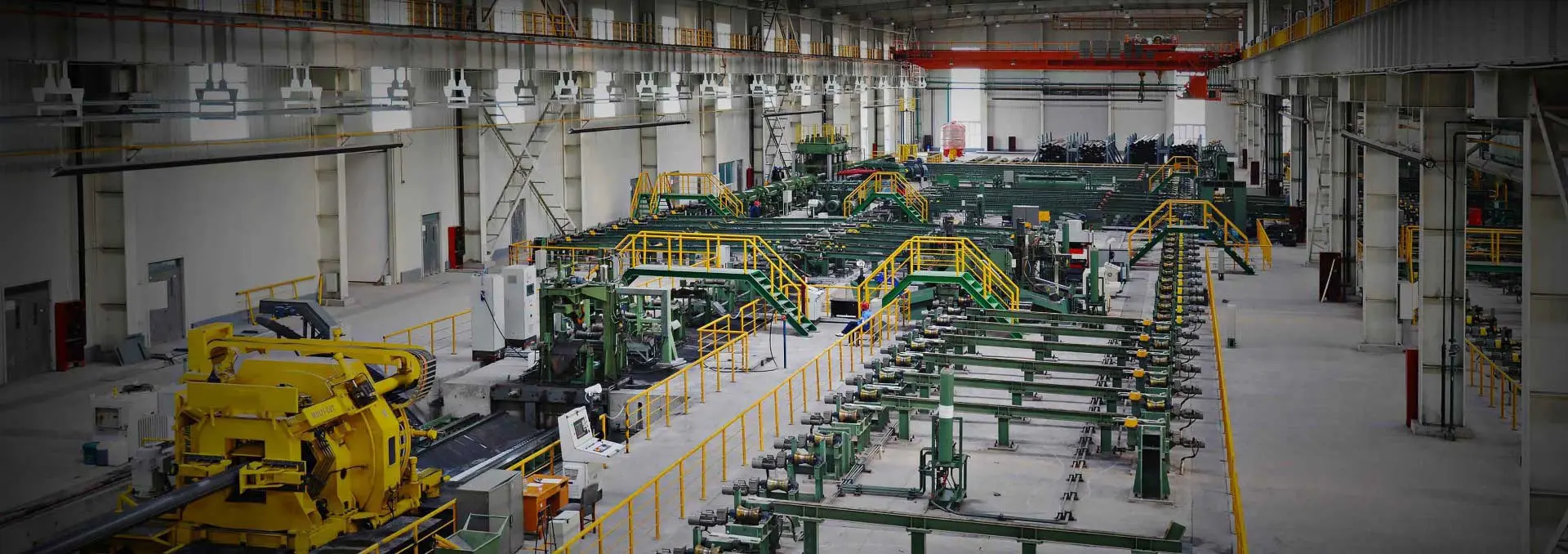SSAW (Spiral Submerged Arc Welded) steel pipes are commonly used as fluid pipes and piling pipes. When these pipes are intended for water transportation, their inner or outer surfaces often undergo anti-corrosion treatment. Common anti-corrosion methods include 3PE coating, epoxy coal tar coating, and epoxy powder coating.
Advancement in Epoxy Powder Coating
The epoxy powder dipping process has long faced challenges with adhesion, which hindered its widespread adoption. However, the successful development of specialized phosphating liquid for epoxy powder dipping by Sanye has resolved these adhesion issues. This breakthrough has enabled the emergence of epoxy powder dipping as a viable anti-corrosion process for SSAW steel pipes.
Addressing Uneven Thickness of Anti-Corrosion Coatings on SSAW Steel Pipes
The anti-corrosion coatings on SSAW steel pipes, particularly 3PE coatings, often exhibit uneven thickness. This inconsistency is typically observed in the test points distributed along the pipe's circumference. While the industry standard SY/T0413-2002 specifies minimum thickness values for the coating at individual points, it does not mandate uniform thickness across all points.
Impact of Uneven Coating Thickness
Material Waste:
Uneven coatings result in excessive material usage. To meet the minimum standard at the thinnest points, other areas may significantly exceed the required thickness, leading to unnecessary waste.
Non-Compliance Risk:
In cases where the coating is uneven, the thinnest parts of the pipe may fail to meet the standard, compromising the overall quality and functionality of the anti-corrosion layer.
Causes of Uneven Thickness
Material Discharge Variations: Uneven discharge during the coating process can lead to non-uniform thickness.
Pipe Bending: Bends in the steel pipe during production can disrupt the uniformity of the coating.
Control Measures for Coating Uniformity
To minimize uneven coatings:
Adjust Extrusion Dies: Optimize the configuration of extrusion dies to achieve uniform coating thickness.
Exclude Non-Compliant Pipes: Ensure unqualified steel pipes are not included in the coating process to maintain quality standards.
Managing Surface Wrinkles in Coatings
Surface wrinkles on the coating can arise during the extrusion and wrapping of polyethylene materials onto SSAW steel pipes.
- Causes of Wrinkles
Improper Silicone Roller Adjustment: Inappropriate pressure or hardness settings can cause irregularities.
Melt Film Rupture: When polyethylene material exits the die, disruptions in the melt film can lead to wrinkle-like defects.
- Solutions for Wrinkle Control
Adjust the hardness, pressure, and angle of rubber rollers.
Increase the extrusion volume of polyethylene to reduce the likelihood of melt film rupture.
Conclusion
SSAW steel pipes are indispensable in fluid and piling applications, and ensuring the quality of their anti-corrosion coatings is critical. By adopting advanced processes like epoxy powder dipping, addressing uneven coating thickness, and managing surface defects, manufacturers can enhance the performance and longevity of SSAW steel pipes to meet stringent industry requirements.

 English
English Español
Español




 Tel : +86-18565811709
Tel : +86-18565811709 Email :
Email : 
 News
News




